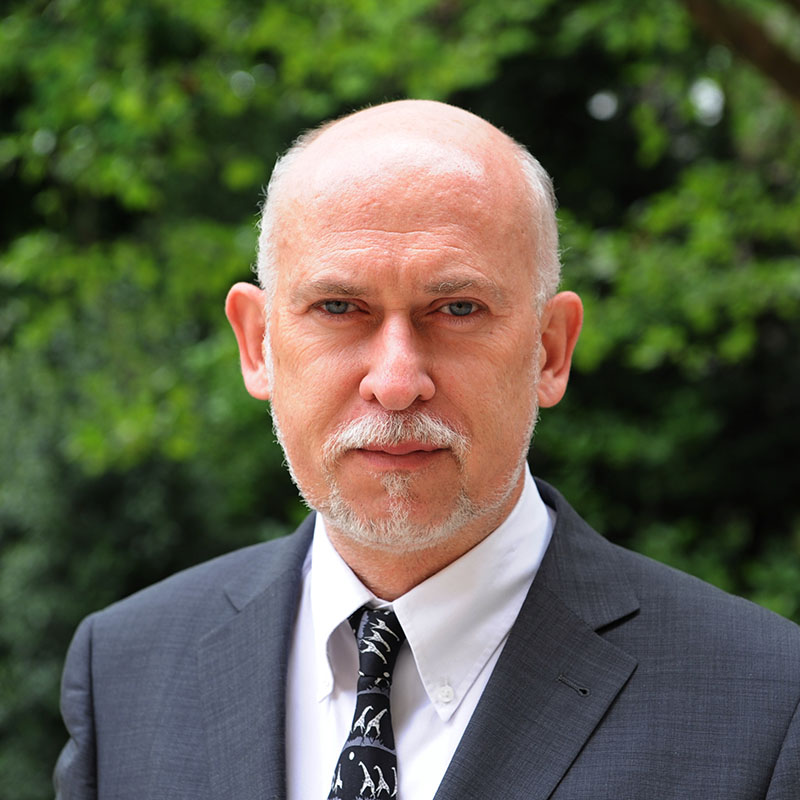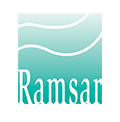Jacques Trouvilliez, Executive Secretary, African-Eurasian Migratory Waterbird Agreement (AEWA)

05 Feb 2024
As we celebrate World Wetlands Day on the 2nd of February, let us recognize the invaluable role wetlands play in enhancing human well-being as well as their important role as key habitats for migratory waterbirds and other biodiversity.
Wetlands are vital ecosystems that act as nature's safeguards, providing flood control, purifying water, and supporting human well-being by providing food, clean water, and livelihoods to millions of people around the world.
Wetlands also support around 40 percent of the world’s plant and animal species and are internationally recognized as key habitats for migratory waterbirds, forming a chain of critical stopover sites, providing them with both resting and feeding areas during their journeys.
To underline the dual importance of wetlands for both nature and human well-being, I would like to use this year’s World Wetlands Day to highlight the impressive work that the Forestry Division of FAO with its technical partners have been doing with water lilies through the RESSOURCE Project in Senegal.
Grown in natural wetlands by the local community, water lilies have traditionally been a source of food and an important source of income for many people living in rural areas close to or around wetlands. Yet wetland degradation and the spread of invasive plants have made the resource scare and the harvesting difficult for many such communities in Senegal.
Since 2017, the FAO-led RESSOURCE Project, the Sahelian wetlands component of the Sustainable Wildlife Management (SWM) Programme, has therefore been working to find ways of rehabilitating abandoned rice fields into wetland ecosystems suitable for water lily cultivation. By working with communities, authorities, and technical partners the team has been able to revive the traditional cultivation of water lilies in some of these wetlands, notably in the peripheral buffer zone of the Djoudj National Bird Sanctuary.
The return of water lilies to these wetlands has not only helped improve the ecological balance and environmental health of these ecosystems, it has also benefitted both local communities and the numerous waterbird species, which are fond of these aquatic plants.
As such the RESSOURCE Project is a good example of how wetlands and their biodiversity contribute to human well-being and to ecological balance and environmental health of these unique ecosystems. The project, which has been supported by AEWA, is also a good example of how one can find ways of reconciling both local development and biodiversity conservation.
.


